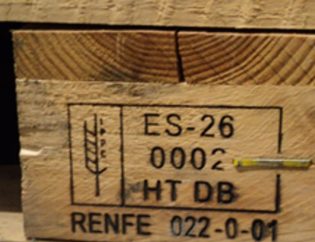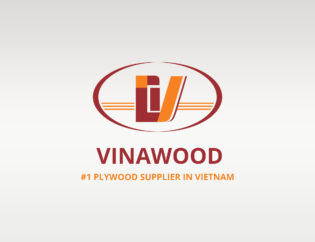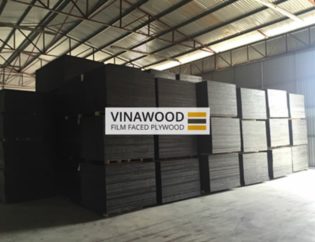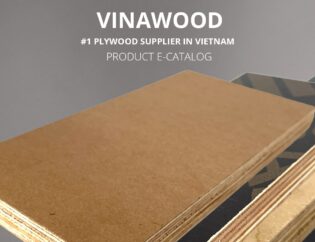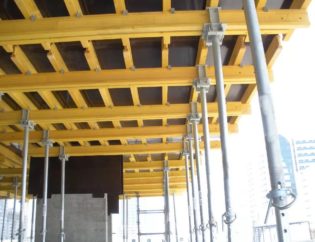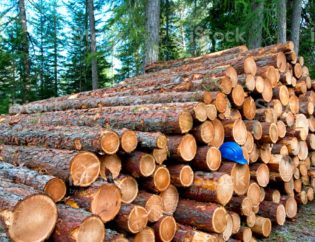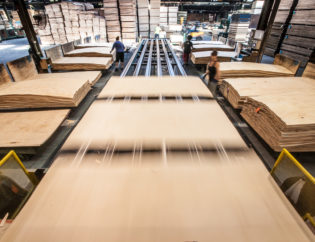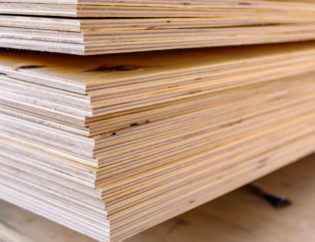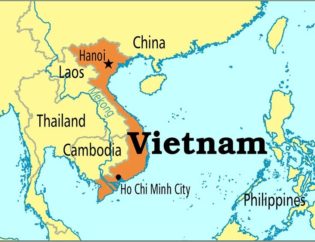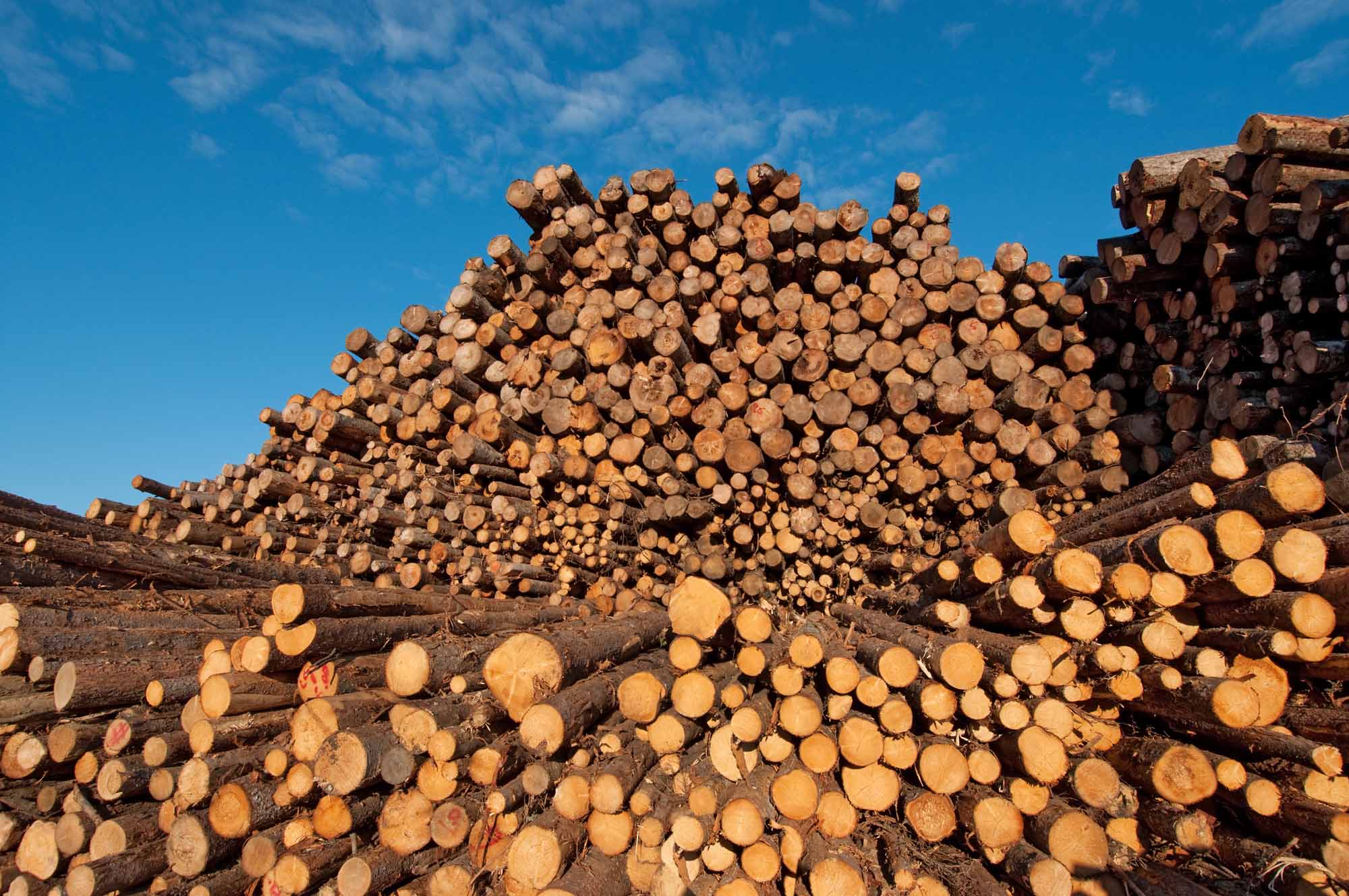
David Milton, Mark Kuhlberg– Canada’s lumber and wood industries convert logs into various products, from lumber to wood chips.
Canada’s lumber and wood industries convert logs into various products, from lumber to wood chips. Softwood, derived from coniferous trees, supplies most of the manufacturers in these industries and is cut primarily in British Columbia. The remainder of the industry is supplied by hardwood (from deciduous trees, e.g., birch, maple, oak) found mainly in southern Ontario and Québec and the Maritimes. Though technically not hardwood, Alberta produces large volumes of aspen and poplar.
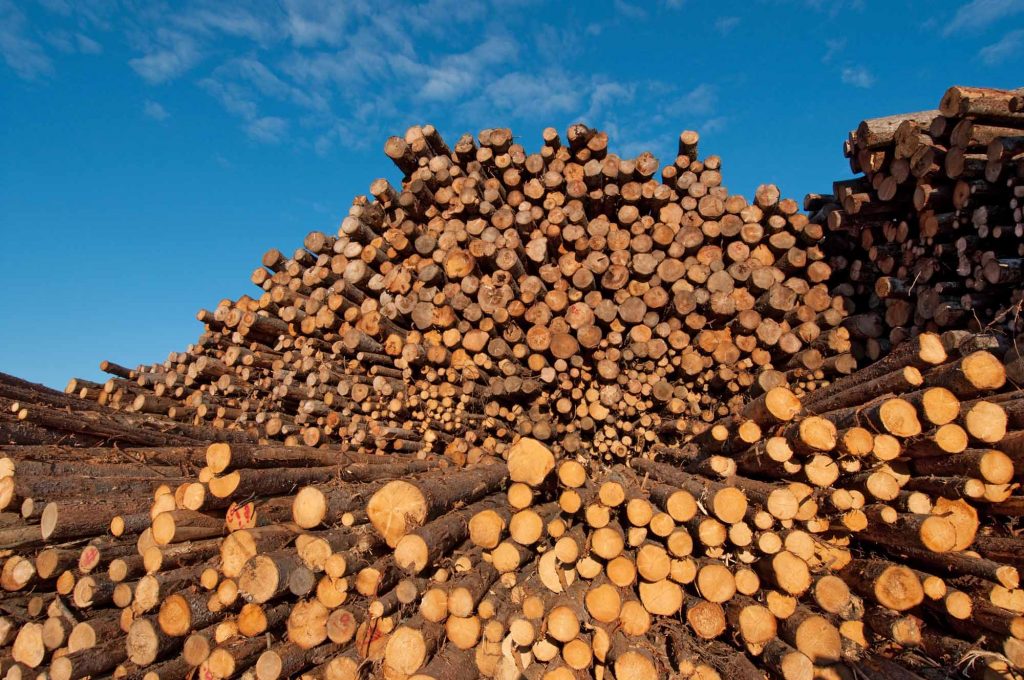
Products
The products created by the lumber and wood industries include lumber, veneer, plywood, particleboard, oriented strand board (formerly called flake, chip, or wafer board), wood pellets and wood composites (or engineered wood). These products are created by mechanical processes such as sawing, peeling, slicing, or chipping.
They also produce, as residual by-products, wood chips, sawdust and shavings. In addition, increasing attention is being paid to both the chemicals and fuels that can be extracted from wood. Of all these products, lumber is the most significant in terms of value and volumes manufactured.
Tree Species and Regional Production
In Canada, the principal softwood lumber species are spruce, pine, hemlock, Douglas fir, larch and western red cedar, while the predominant hardwood species are birch, maple and oak. British Columbia produces roughly two-thirds of the softwood lumber supply, and as a result, softwood plywood is manufactured predominantly in that province. Hardwood lumber and plywood are manufactured in Ontario and Québec, and oriented strand board is made across Canada near the necessary supplies of aspen and poplar.
Trade
Most of the lumber produced in Canada is exported; less than 40 per cent is consumed domestically. Since the mid-19th century, the United States has been the most important buyer of Canada’s lumber. For nearly as long, however, and especially since the 1980s, Canadian lumber producers have been subjected to a number of tariffs and restrictions that were imposed by the American government in an effort to protect lumber producers in the US from Canadian competition. The result has been a long-simmering trade dispute that has been punctuated by agreements that have never resolved the issue (see Softwood Lumber Dispute). As a result, Canadian lumber producers have endeavoured to decrease their dependence on the American market, enjoying considerable success in this regard. While the European Union and Japan have been important buyers of Canadian lumber for several decades, since the early 1990s, China’s consumption of it —particularly lumber produced in British Columbia — has increased exponentially. The same can be said for India and Korea, which are now important purchasers of Canadian lumber.
Early in industrialization, usually only large factories were able to use the costly and heavy steam engine. The sawmill on Matapedia Lake (1880) ingeniously used an old steam locomotive as the motor by extending its smokestack (courtesy Library and Archives Canada/C 6354).
Over roughly the last half century, the number of large sawmills in Canada has decreased significantly. Although this attrition has been a function of the trend towards larger, more technically efficient manufacturing complexes, other factors have also been at work. These include the recession beginning in 2008, the permanent reduction in the size of Canada’s newsprint industry and the diminishing volume of roundwood available to lumber producers because of ever tightening environmental regulations.
Lumber and Plywood Manufacturing
General Process
Mechanical or hydraulic debarking is the first step in converting a sawlog into lumber. In conventional sawmills, large logs are placed on a moving log carriage and passed repeatedly through a band or circular saw, each pass producing boards that normally require further processing on edgers, resaws and trimsaws.
In sawmills that process small-diameter logs, the primary unit may be a chipper canter with integrated sawing units, or a system of multiple-band or circular saws, designed to operate at speeds up to 100 m per minute. About three-quarters of the lumber produced in Canada is further processed in planer mills that smooth the rough surfaces and dimension the pieces. Over half the lumber is dried, either in kilns or outside, to remove excess moisture and/or kill pathogens that may be present in the wood.
Plywood
Plywood is an engineered product. Wood is reduced to thin sheets of veneer, then glued together with the grain direction of adjacent sheets at right angles, making each panel stable and strong.
Veneer
Veneers are produced by holding a log firmly at each end in a lathe and rotating it against a knife. The veneer exits from the lathe knife in a continuous ribbon that is clipped to desired widths or to eliminate defects. After drying, the veneers are sorted into sets, each of which will form a plywood panel of the desired thickness and size. Alternate sheets are coated with glue that forms a waterproof bond when subjected to high temperature and pressure in a hot press. The rough plywood panels are then trimmed and may be sanded.
Uses
To ensure uniform quality, lumber and plywood are graded into categories by standardized procedures. Most of the lumber produced in Canada is used in construction, mainly for house building; it is classed as dimension lumber and is graded into width and use categories. Other classes of lumber include factory lumber and shop lumber (used to manufacture high-quality mouldings), panelling and flooring.
Softwood plywood is produced in three grades: sanded (for high-quality finishing), unsanded (for construction use) and overlaid (for special uses). For general construction and other structural purposes, the most common type of panel is sheathing, the unsanded grade. About half the plywood consumed in Canada is used in house building and agricultural construction; industrial uses take up another third; the balance is consumed in a multitude of miscellaneous uses.
Particleboard and Oriented-Strand Board Manufacturing
Particle Board
Wood particleboard is a panel product manufactured by bonding particles of wood together with an adhesive in a press. Since the product is manufactured from small pieces of wood, properties of the finished board, such as density, hardness and elasticity, can be engineered into the panel.
The various wood elements are screened and separated by size and shape so that their integration in the finished product can be controlled. The particles are then dried by heat and circulation and mixed with thermosetting bonding agents. The mixture is then meshed together in a layup for final pressing under heat.
The most common type of particleboard manufactured in Canada is the three-layered, graduated mat-formed variety. By preparing the core and surface material separately — segregating the coarser materials into the centre and the finer particles to the surface — the manufacturer can create a board that can be sanded to an even, smooth surface, with the desired mechanical properties in each layer.
The fibre lengths of the particles are distributed in a random pattern, so that internal stresses average to zero, resulting in an extremely stable finished product. Major uses of particleboard are furniture and cabinet panels and cores, and floor underlay; minor uses include interior-wall sheathing and mobile-home decking.
Oriented-Strand Board
Oriented-strand board is an engineered, structural panel made from large, thin strands cut from roundwood. Like particleboard, the panel is manufactured from pieces of wood which can be designed in size, thickness and profile, allowing the properties of the board to be engineered into the panel. These strands are mixed with waterproof phenolic resin and interleaved together in thick mats, which are then bonded together under heat and pressure. The result is a solid, uniform building panel with high strength and water resistance, properties that make strand board suitable for most construction applications. Some examples of uses are wall and roof sheathing, subflooring and underlay, cladding and soffits. The panels are also widely used for farm structures, industrial packaging, crating and warehouse pallets.
New Products
In the 21st century, Canada’s lumber and wood industries have worked towards manufacturing new, high-tech products by studying wood’s microscopic, or nano, properties and developing applications for them. These include the production of a range of wood composites that can be used to replace traditional materials, most often plastics. Significant research has been conducted into at least one major application of this new use for wood, namely the manufacture of car mouldings; automobile manufacturers are keen to utilize wood instead of petroleum-based materials because it is seen as being “greener”. Many one-industry towns in Canada that previously relied upon the lumber and wood industries for their existence and have since lost their mills or watched them shrink in size are hopeful that applying technology to their traditional enterprise will reinvigorate their communities.


